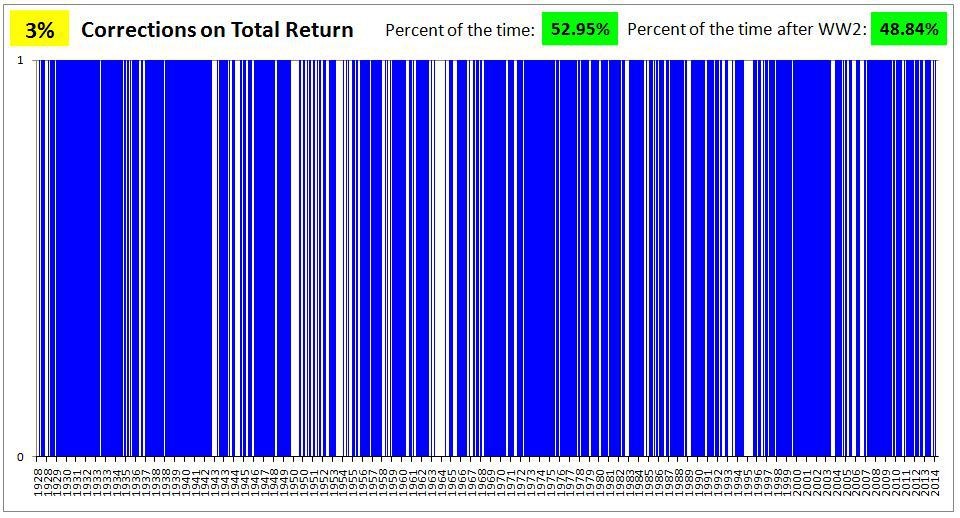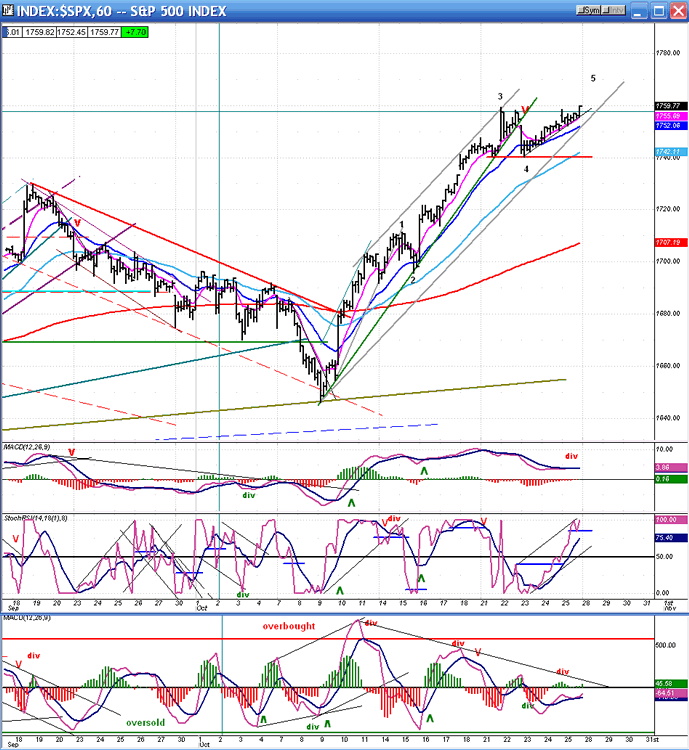3 Moves You Need To Make Before A Stock Market Correction
Post on: 12 Июль, 2015 No Comment

Experts have been calling for a substantial correction in the stock market for some time now, but it has yet to materialize. Even though the market has fallen a little from its record highs, it is yet to approach correction territory.
However, one universal truth throughout history has been that when markets perform very well for several years (as the U.S. markets have done), they will eventually correct before continuing higher. No one knows for sure when it’ll happen, but sooner or later it will. When it starts to look like a correction is likely, there are moves you can make to protect yourself.
Low volatility is key
Despite what you may read; investing defensively doesn’t mean getting out of stocks. It does mean being more selective about the type of stocks you select. There are two things you can look at to determine whether a stock would make a good defensive investment or not.
The first thing to look at is volatility. You can usually find volatility numbers through any online brokerage, and the easiest to understand is known as the stock’s beta. The actual calculation of beta is done using a complex regression analysis, but the meaning of the number is actually quite simple.
A beta of less than one (such as 0.74) means the stock tends to react less to corrections and other economic events than the average stock, and a beta of more than one represents high-volatility stocks. For instance, if a stock’s beta is 1.5, you can expect it to be 50% more volatile than the overall market.
So, a high-risk/high-reward stock such as Tesla with a beta of 1.37 would make a poor defensive play, as it’s more likely to have large price swings in a correcting market. However, a stock such as Procter & Gamble (beta of 0.41) would make a good defensive addition to your portfolio, as it is almost 60% less reactive to market-moving events than the average stock.
Take a look at the betas of your current holdings. If most of your stocks have a beta of more than one, you could be ill-prepared to handle a correction. And, for a more thorough explanation of what the beta number means, check out this article.
Dividends can support stock prices
The second thing you should look for is a solid dividend. During corrections, dividend-paying stocks tend to perform better than non-paying companies. There are two main reasons for this.
First, dividend-paying companies tend to be fairly stable and established, which goes back to our point of low volatility. Of course, there are exceptions. A good rule of thumb is to find companies with a relatively low payout ratio (the amount paid out in dividends relative to the company’s earnings) and a solid history of paying and increasing dividends. Dividend.com maintains a list of companies that have raised their payouts for at least 10 consecutive years, and that might be a good place to start.
Second, having a strong dividend establishes a price floor in stocks. Consider AT&T. which pays $1.84 per share, or a 5.2% annual yield at the current share price. Well, if AT&T were to fall by 20% in a correction, the dividend yield would increase to 6.5%, making the stock much more appealing to income-seekers and causing buyers to rush in, which supports the price. And going back to our previous point, AT&T has a 29-year streak of dividend increases, which further increases the appeal of the stock.
Don’t be fully invested
Real investors see corrections as opportunities to pick up more shares of their favorite stocks at a discount. Of course, you can’t take advantage of this if 100% of your money is already invested.

flickr/ 401(k) 2013
You should always keep some cash available, but it becomes especially important when you anticipate a market correction on the horizon. If one of the stocks in your portfolio drops by 20% during a correction, instead of looking at it as a loss, you should look at it as an opportunity to buy more of a long-term winner at a nice discount.
When friends ask me whether or not they should keep a certain stock, I always ask them If it were to fall by 20%, would you want to buy even more? If you wouldn’t feel comfortable adding to one of your positions if the price were to drop, maybe you should reevaluate why you’re holding it in the first place.
The bottom line here is that the fear of a correction shouldn’t scare you away from the stock market. If you prepare correctly and take advantage of the bargain prices that come with it, a correction could actually be a great opportunity to outperform the market.
Some of the best dividend stocks for a defensive portfolio
As I said earlier, dividend stocks simply crush their non-dividend paying counterparts during bad times for the market. That’s beyond dispute. It’s also true that a well-constructed dividend portfolio creates wealth steadily, while still allowing you to sleep like a baby. Knowing how valuable such a portfolio might be, our top analysts put together a report on a group of high-yielding stocks that should be in any income investor’s portfolio. To see our free report on these stocks, just click here now .














